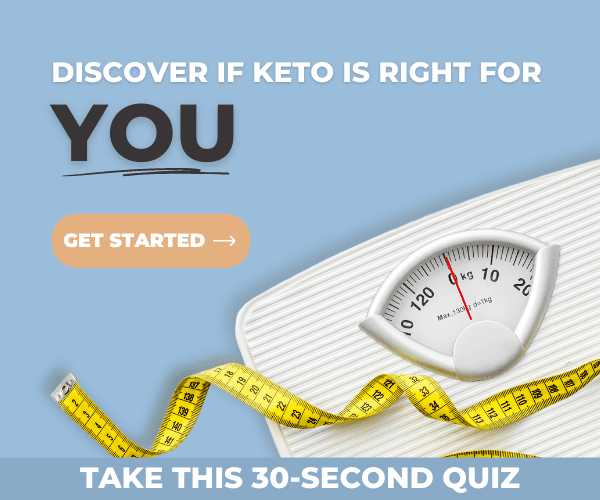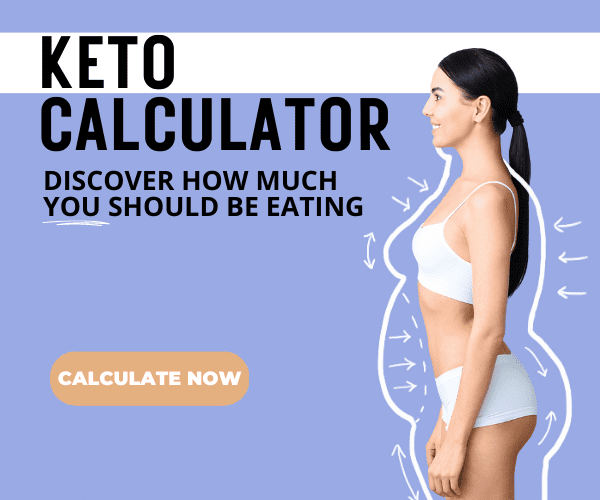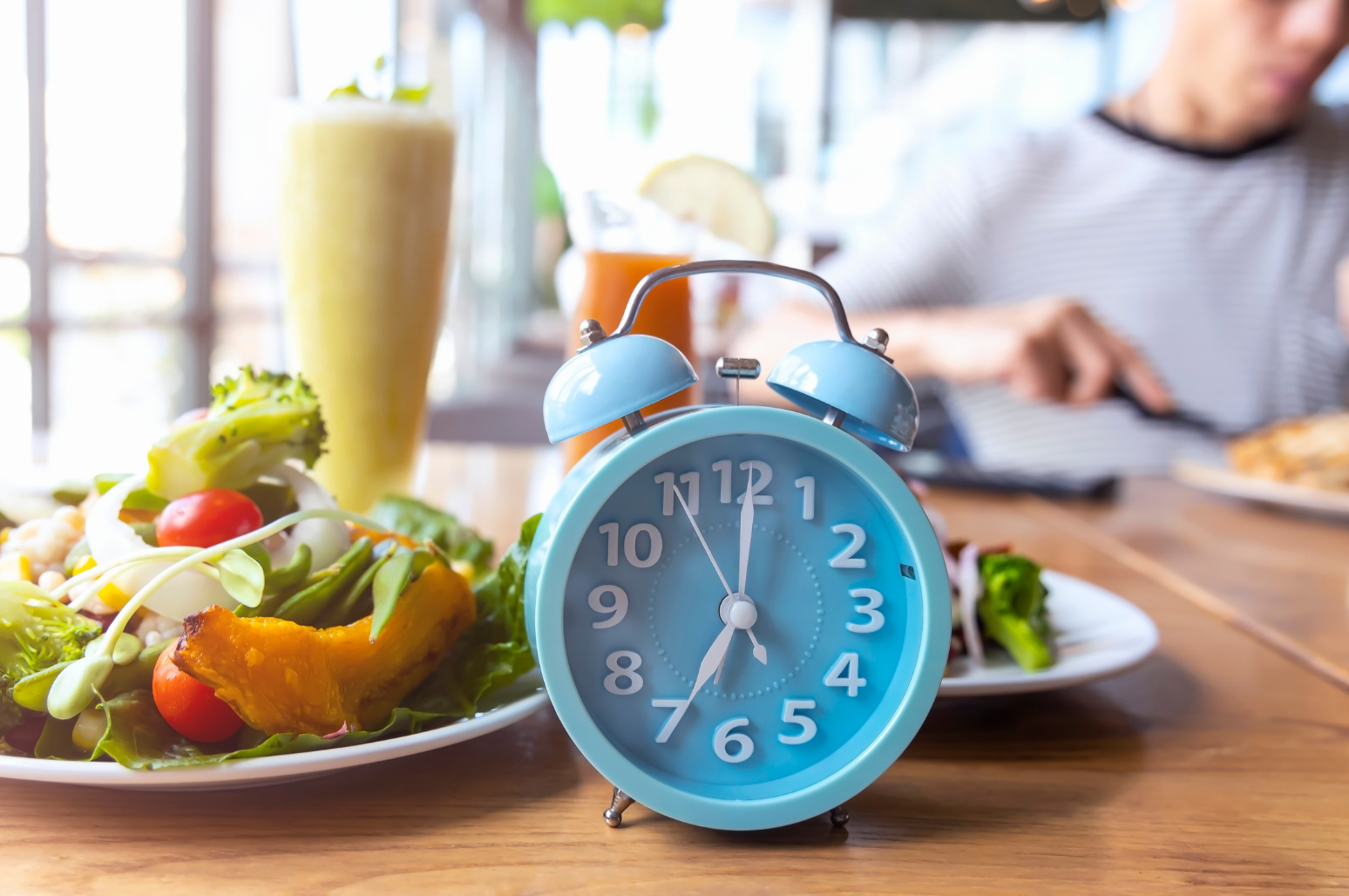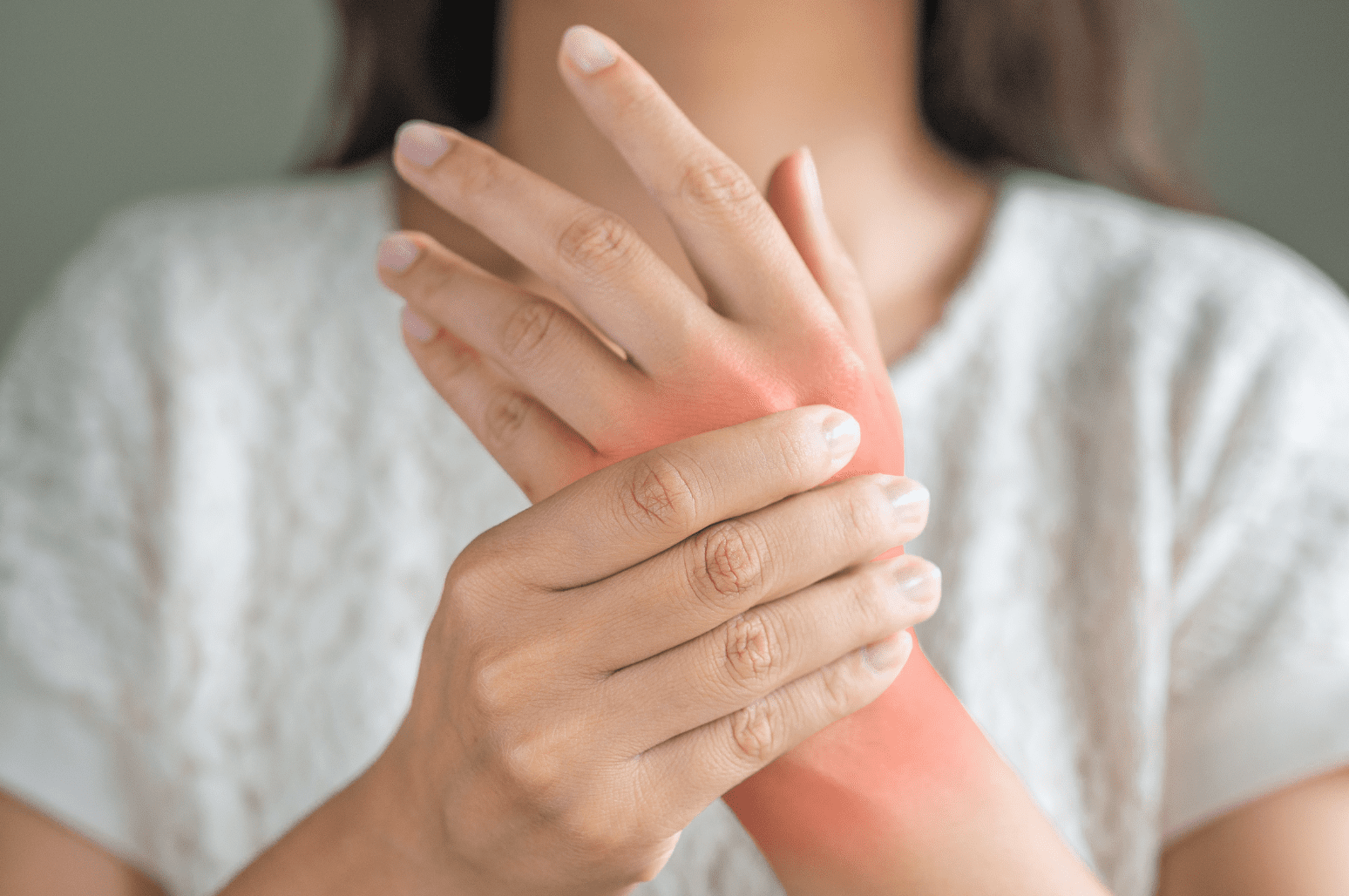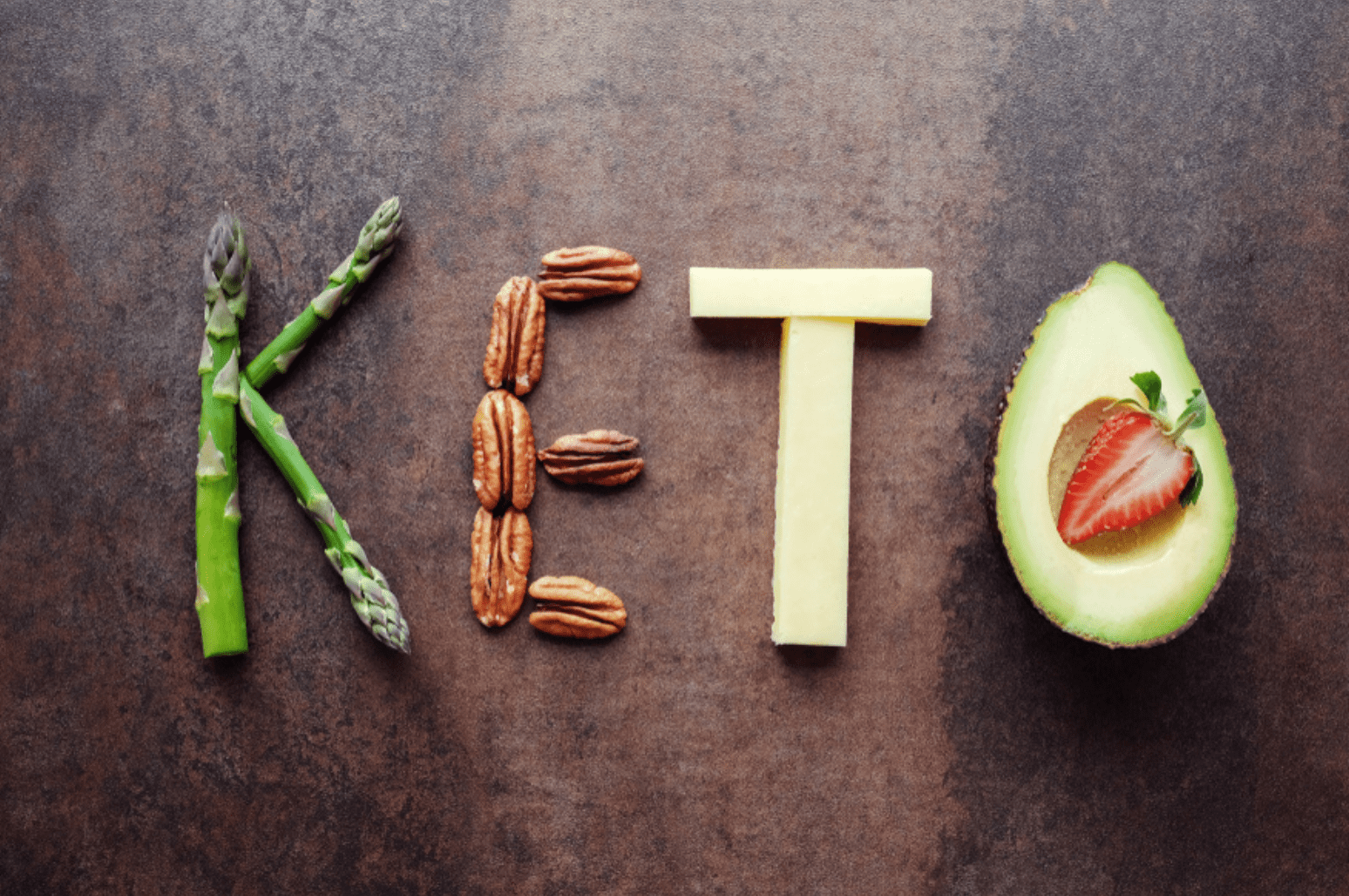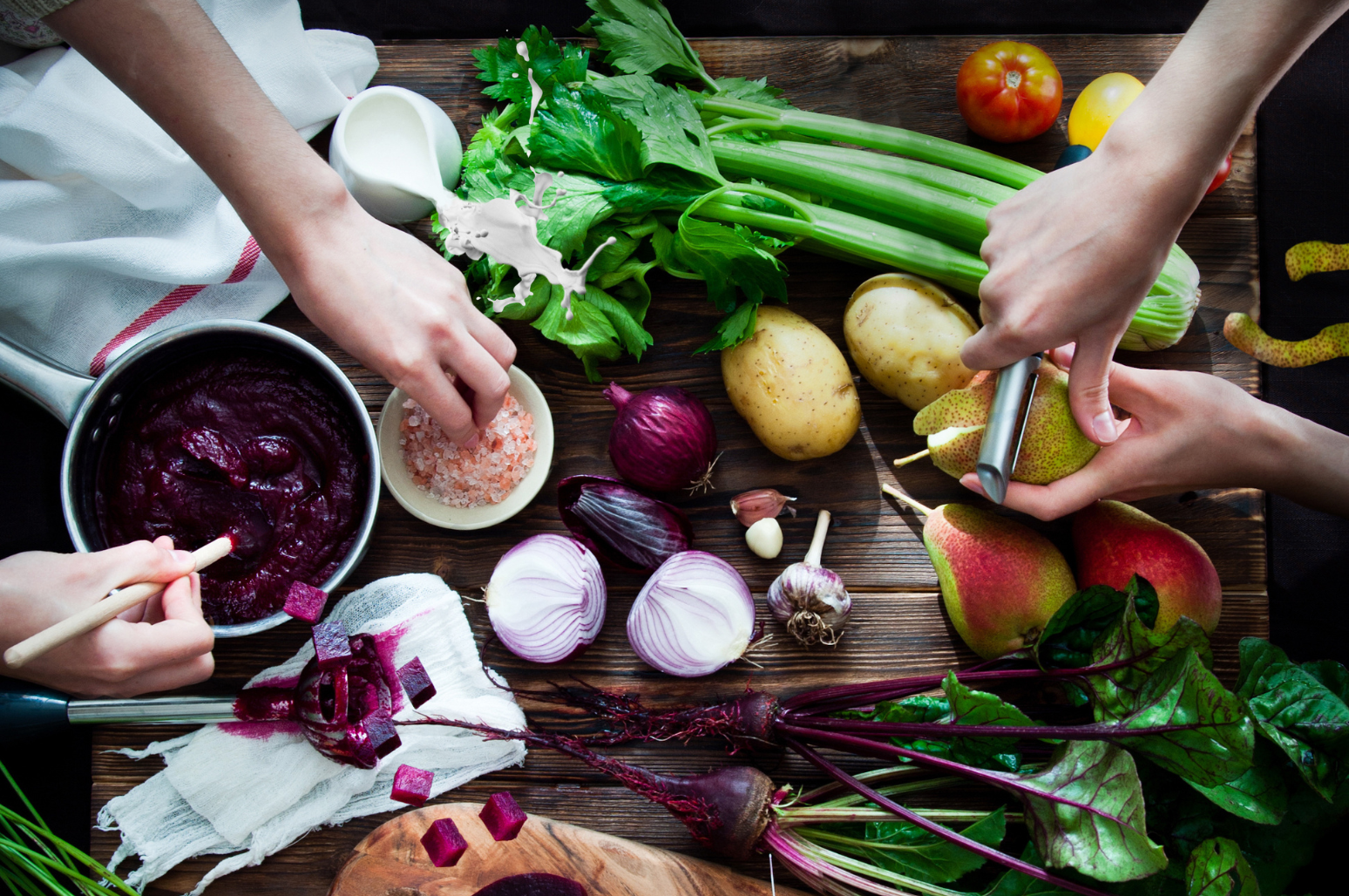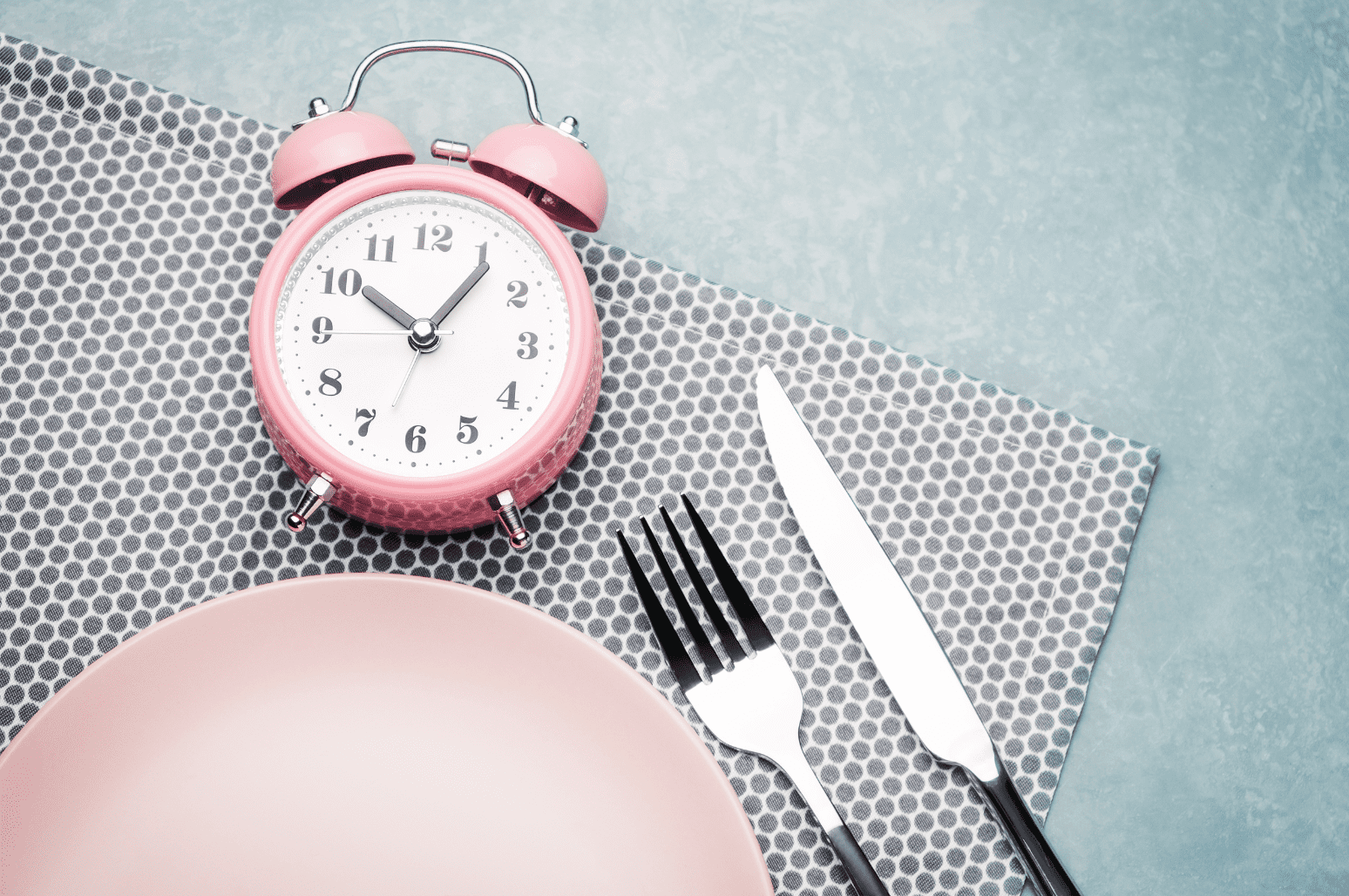The South Beach Diet Vs. Keto: How Do These Diets Compare?

Advocates of the South Beach Diet claim it helps you trim, slim, and lose those extra pounds. The popular diet has been praised for promoting heart health and weight loss, and, at the same time, it’s also been dismissed as a restrictive fad. How does the South Beach Diet compare to the ketogenic diet? What are the similarities and differences? Let’s dig into how these two diets overlap and where they diverge.
What Is the South Beach Diet?
Dr. Arthur Agatston conjured up the South Beach Diet in the 1990s after he noticed that his patients who were on the Atkins diet were losing weight and body fat, while his patients following high-carb diets were getting little to no results. His goal was to create a diet to help people with prediabetes, diabetes, and obesity lose weight while also reducing their risk of heart disease.
Dr. Agatston thought Atkins was too heavy in saturated fat and missed out on high-fiber foods like certain fruits and whole grains. He designed the South Beach Diet to be high in lean proteins, unsaturated fats, and low-glycemic carbohydrates.
He tried the South Beach Diet first himself and was impressed with his weight loss results, so he began recommending it to his patients. Dr. Agatston published The South Beach Diet book in 2003, and it quickly skyrocketed to become a bestseller. He published an updated version called The South Beach Diet Supercharged in 2009. [1]
Phase 1 of the South Beach Diet
There are three different phases of the South Beach Diet.
Phase 1:
During Phase 1:
- Consume three meals every day
- Your meals must be made up of lean protein, non-starchy vegetables, and a minor amount of legumes and healthy fats
- Consume two snacks every day, preferably a simple combo of veggies and lean protein

You stay on phase 1 for 14 days. Phase 1 is the most restrictive because you must limit grains and fruit to reduce cravings, blood sugar, and insulin levels. You could lose around 8-13 pounds of body weight during phase 1. There are no guidelines for portion sizes, but you’re advised to slowly consume a small portion and return if you’re still hungry. Eat until you feel full.
Foods Allowed During Phase 1:
Protein
Stick to the following lean protein:
- Skinless turkey breast and chicken
- Fish and shellfish
- Turkey bacon
- Pepperoni
- Lean pork, lamb, beef, veal, and wild game
- Eggs
- Soy-based meat alternatives
- Cottage cheese, ricotta cheese, or a low-fat hard cheese
- Low-fat milk, buttermilk, plain yogurt, Greek yogurt, soy milk, and kefir (no more than 2 cups per day)
Non-Starchy Veggies
You should eat a minimum of 4.5 cups of non-starchy veggies every day. You can consume all vegetables except the following:
Legumes
Limit legumes to ⅓-½ cup per day. Your legumes should typically be cooked.
Enjoy a variety of legumes, such as:
Lentils
- Soybeans and edamame
- Split peas
- Black-eyed peas
- Black beans
- Kidney beans
- Pinto beans
- Navy beans
- Garbanzo beans
- Hummus (no more than ¼ cup)
Nuts and Seeds
Limit your intake of nuts and seeds to 1 oz (28 grams) per day. You can enjoy the following:
- Macadamias, pecans, pistachios, walnuts, and other nuts
- Flaxseeds, sesame seeds, chia seeds, pumpkin seeds, and other seeds
- Nut butter (no more than 2 tablespoons)
Fats and Oils
You’re allowed up to 2 tablespoons of oil per day. The goal is to eat mostly monounsaturated oils like olive, macadamia, and avocado, along with vegetable and seed oils, such as flaxseed, grapeseed, soybean, and sesame oil.
You can also enjoy other fats, such as:
- 1 tablespoon of regular mayonnaise
- 2 tablespoons of low-fat mayonnaise
- 2 tablespoons of salad dressing with under 3 grams of sugar
- 2 tablespoons of trans fat-free margarine
- ⅔ of one whole avocado
- 20-30 olives

Treats
On the South Beach Diet, you’re allowed up to 100 calories of sweet treats per day, such as:
- Sugar-free gelatin, jellies, and jams
- Unsweetened or sugar-free chocolate syrup or cocoa
- Sugar-free candies and popsicles
- Sugar alternatives, including stevia and artificial sweeteners like erythritol
Condiments
You can eat as much as you want when it comes to broth and herbs, spices, vinegar, mustard, lemon juice, salsa, and horseradish. Balsamic vinegar is limited to 1 tablespoon. Other condiments are also limited, such as:
- Up to 1 ½ teaspoons of soy sauce, steak sauce, or miso
- Up to ¼ cup of light coconut milk
- Up to 1 tablespoon of whole milk, half and half, or cream
- Up to 2 tablespoons of cream cheese or light sour cream
- Up to 2 tablespoons of light whipped topping
Drinks
You should be mindful of your caffeine intake, but you can drink unlimited amounts of the following beverages:
- Sugar-free drink mixes and sodas
- Vegetable juice or tomato juice
- Tea (herbal, regular, or decaffeinated)
- Coffee (herbal, decaffeinated, or regular)
Foods to Avoid
You’re not allowed foods that are higher in carbs on phase 1, such as grains and fruits. Here’s a list of foods excluded from phase 1:
- Alcohol
- Butter and coconut oil
- Fatty meat
- Honey, agave nectar, and maple syrup
- Grains
- Foods with refined sugar
- Fruits and fruit juice
- Winter squash, white potatoes, peas, turnips, corn, yams, beets, and carrots
Phase 2 of the South Beach Diet
During phase 2 you can continue consuming all of the allowed foods from phase 1, along with the addition of some fruit, starchy veggies, or whole grains.
After the 14th day of phase 2, you can have up to four servings of starchy vegetables, legumes, and whole grains (think peas, sweet potatoes, rutabaga, whole grain pasta, and wild brown rice.) You can also enjoy up to three servings of fruit per day. A serving size is about ¾ cup of berries or grapes or one small piece of fruit. This excludes pineapple, figs, dates, watermelon, and raisins.
You may include an occasional dry wine or light beer.
Remember that phase 2 of the South Beach Diet avoids fatty meats, saturated fat, and foods high in any type of sugar or syrup.
Stay on phase 2 until you achieve your goal weight. During phase 2, Agatson claimed you will lose around 1-2 pounds every week (on average).
Phase 3 of the South Beach Diet
Once you achieve your goal weight, you can transition to the maintenance phase.
During phase 3:
- You can eat the same foods allowed in Phase 2
- You can also eat occasional treats and a moderate serving of pretty much any food here and there

You should be mindful not to overindulge, or you might start putting weight back on again, and if this occurs Dr. Agatston would recommend returning to phase 1 for a couple of weeks before going back to phase 3. [2]
The South Beach Diet Vs. Keto: How Do They Compare?
As you’ve probably noticed after reading the information above, the South Beach Diet and the ketogenic diet share similarities. Both are are considered low carbohydrate diets and are known for assisting in weight loss. Both diets are also a far cry from the sugar-loaded standard American diet packed with processed foods and additives.
Keto and South Beach increase your intake of fats and protein while lowering your intake of carbohydrates; however, in order to reach ketosis, you typically have to consume fewer than 50 grams of net carbs daily, or, in some cases, fewer than 20 grams. The keto diet focuses on reaching the advantageous metabolic state of ketosis, which is known to accelerate weight loss results and to provide satiety to help curb cravings. When you’re in ketosis, your body burns fat for fuel instead of sugar. The keto diet centers on maintaining ketosis and eating what fits your macronutrient amounts for the day, whereas the South Beach Diet has more specific instructions on what to eat during each phase.

Phase 1 of the South Beach Diet more closely resembles keto because you can eat plenty of keto-approved options, and you ditch the heavy carbohydrates. In fact, some people in phase 1 may enter ketosis. However, even in phase 1, you’re still allowed portions of some foods that aren’t ideal for keto. For example, just over half a cup of dark red kidney beans (around 100 grams) provides over 36 grams of net carbs, which is too high for keto dieters and will likely push you out of ketosis [3]
In other words, while the consumption of carbs on South Beach is undoubtedly lower than the standard American diet, it’s still not necessarily low enough to achieve ketosis, depending on what you eat during phase 1 (a serving of legumes, which is allowed during phase 1, will very likely kick anyone out of ketosis). On South Beach, you’re more concerned with eating the right portions of allowed foods–no more than 1 oz of nuts, for example–than being in ketosis and assessing your macronutrients.
On keto, you can consume different types of fats, including monounsaturated and saturated fats, and natural animal fats are encouraged, rather than being demonized. The South Beach diet limits saturated fat and focuses on monounsaturated fats like olive oil.
Many keto dieters avoid some of the items allowed on South Beach, such as artificial sweeteners and processed seed oils like canola oil and soybean oil.
In phase 2 of the South Beach diet, you will most likely leave any chance of ketosis behind as you’re allowed to include portions of higher-carb foods like brown rice, whole grains, and sweet potatoes. By phase 3, you’re also allowed occasional moderate portions of other foods that definitely won’t work for keto.
The bottom line is that while the South Beach diet limits or excludes many foods, the ketogenic diet limits a particular macronutrient. The ketogenic can also be followed indefinitely–and many people choose to do so to avoid yo-yo dieting that causes them to gain weight after losing it–while the South Beach diet is designed with time-limited phases and is to be followed only until the dieter’s desired weight is reached.
Have you tried the South Beach diet? Share your experience with Ketogenic.com!
References
The Palm South Beach Diet. DIY South Beach Living. South Beach Diet Living | Weight Loss and Wellness Blog
Arthur Agatston. The South Beach Diet: The Delicious, Doctor-Designed, Foolproof Plan for Fast and Healthy Weight Loss. The South Beach Diet: The Delicious, Doctor-Designed, Foolproof Plan for Fast and Healthy Weight Loss: Arthur Agatston: 9781579546465: Amazon.com: Books
United States Department of Agriculture (USDA) Food Database. Beans, Dry, Dark, Red, Kidney. FoodData Central (usda.gov)

